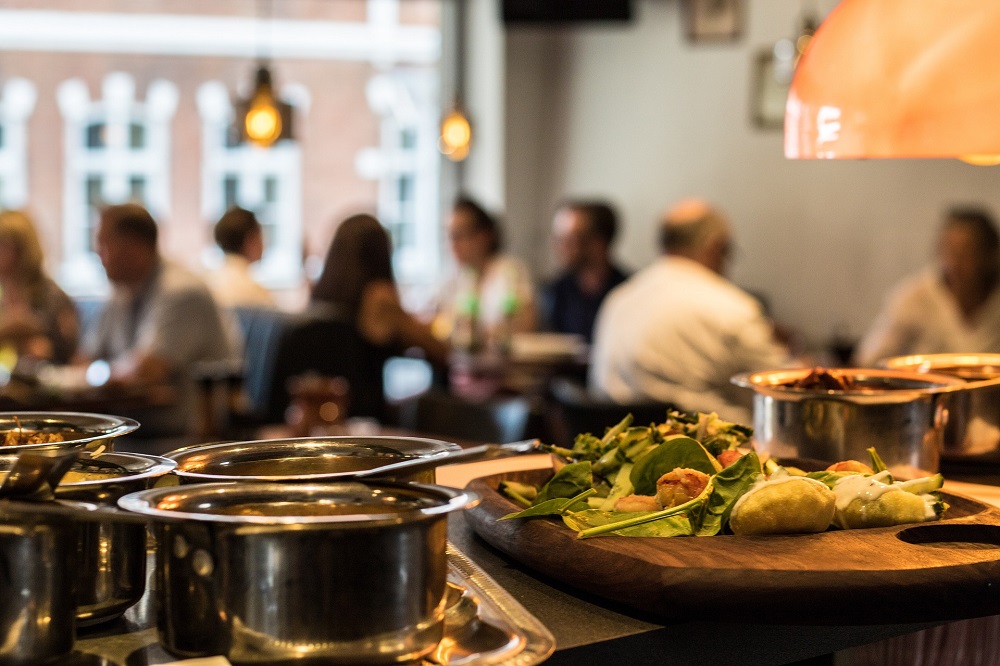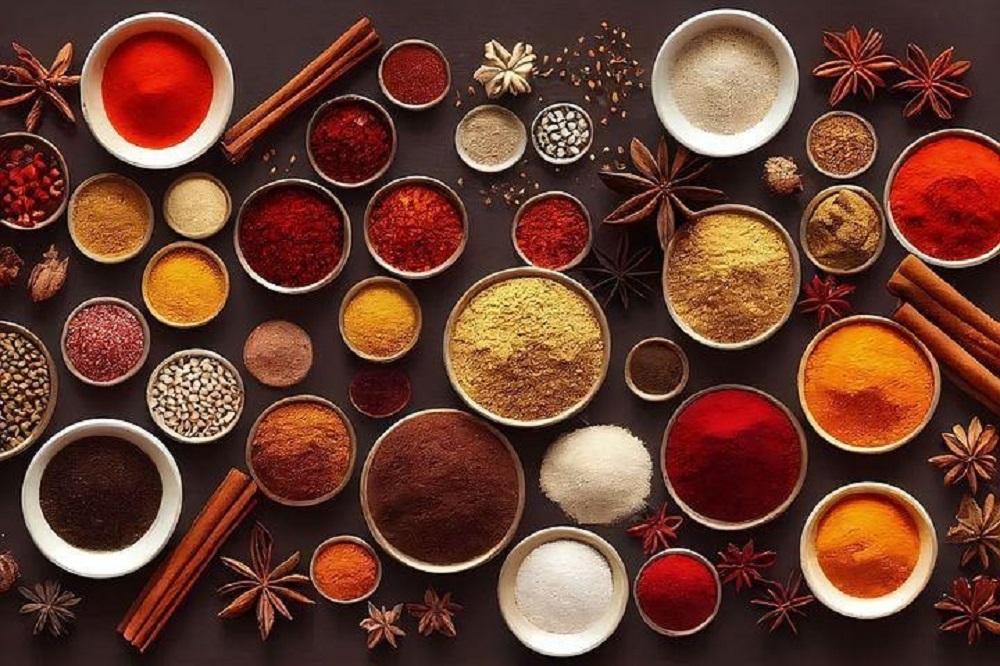Food stories: the history of curry in Wales

This is part of a monthly series on nation.cymru on the diversity of Welsh food culture by Carwyn Graves, whose Welsh Food Stories is out now. You can read the first and second installments of the series here and here.
Carwyn Graves
Walk down a street in any Welsh town today and you will be greeted with food establishments representing a broad swathe of the world, from US fried chicken to the riches of the Indian subcontinent.
That this was not always so goes without saying, and the global economic and cultural forces that have made this possible need no explanation. But this being Wales, the local rootedness of these mostly family institutions matters, and throws up the question of identity; can we now talk of a Welsh curry?
Certainly, Welsh interest in global foods is no recent novelty.
The doors of Bombay Café, the first Indian restaurant in Cardiff (now closed) opened just a quarter of a century after the establishment of the first such in London, Veeraswamy of Regent Street in 1926 (still open).
Based in Butetown, it was founded in a community home to a rich legacy of global dishes, that had grown around Cardiff docks.
The coal industry also provided a livelihood to Italian migrants who from the 1890s opened cafés across the booming coal valleys and into the rest of the country. The oldest of these still in existence today, Sidoli’s of Rhyl, dates back to 1910.
By the early post-war years, global flavours were reaching places like Carmarthen, where a Chinese restaurant, Kong Nam, was opened on Darkgate street before the 1950s were out.
New flavours
Over the ensuing decades, these doorways to world food were replicated on high streets across the country, becoming valued local institutions.
By the early 2000s, there were in excess of 260 Indian restaurants alone in Wales – one for every 10,000 residents, with the Welsh curry house of the year awarded in a ceremony at the Senedd.
But the interest in these new flavours had already been sown well over a century before this modern profusion of world eateries in our cities and villages; and it came about in the first instance not via the table but the newspaper.
With a flourishing regional press in both Welsh and English, Victorian readers in Wales voraciously devoured tales of what was then celebrated as British colonies abroad.
Culinary curiosities
Global culinary curiosities were reported with live interest to readers in all parts of the country, with local papers such as the Cardigan Observer presenting curry recipes to their readers as early as Christmas Day 1880.
Introducing curry as “especially a favourite with those who have resided in India”, they proceed to give detailed instructions on preparation, noting “it must be evident that the same flavouring will not be suitable for a curry of chicken, of fish, or of calf’s head…”
Earlier still, the Brecon County Times describes to its rural readers in 1867 how ‘anchovy salad from Italy, caviar from Russia, olives from Spain, bread from Vienna, curry from India, lobster cutlets from America’ were served at a banquet for dignitaries in London.
By the 1890s, curry was assumed to be a familiar enough idea among readers for the Cardiff Weekly Mail’s correspondent to note that she had ‘always been praised’ for her curries, and that readers should take note that ‘a curry cannot be stewed for too long’, and should be allowed to simmer away happily.

Food landscape
So does this interaction with Indian food – amongst many others – that has now spanned multiple generations, mean that we can meaningfully talk about Welsh-Indian food? What gives a curry (or for that matter any Lebanese, Korean or Chinese dish) prepared in Wales its ‘Welshness’? And what do Welsh Indians or Pakistanis feel about this?
The idea of Welsh Asian food has already comfortably settled within our public food landscape, with the annual Welsh Asian food awards encompassing multiple categories: Cantonese, South Asian, Fusion, Asian veggie and more.
But as Kasim Ali of Waterloo Tea in Cardiff explained, there is a much deeper dimension to this that goes beyond the hospitality industry and touches both on the food itself and people’s sense of identity.
‘The point with food is things are always evolving – you see this with how Welsh foods have changed – even something like ‘cawl’ – and it’s just the same with our foods. And actually, if you want to have the best Indian food that can be made in Wales, it’s got to be something that has really adapted to its surroundings – using the locally sourced ingredients that bring quality. That will mean a different combination to what you get in Pakistan, say – less okra, more leeks or courgettes!’
Experimentation
But as ever with food, it carries a significance that goes beyond the minutiae of the recipe or the dish itself.
Although Kaz’s family roots are deep in Pakistan and he makes regular visits back to source tea for his business, his own identity is happily Pakistani-Welsh, with his kids in Welsh-medium schools in the capital.
‘I think something my daughter wrote sums it up for me. When she was told to write a paragraph to explain her identity to a visitor from Mars, she focused in the piece both on her nan’s curries and walks on the Welsh hills as key touchpoints for who she was.’
And the kind of experimentation that this conception of food and identity allows has in fact already enriched cuisine in Wales – all the way to the Principality stadium.
Pontyclun-based Samosaco, run by the Indian-Welsh Sandhu family, have fulfilled a lifetime’s dream of having their samosas served in the hospitality boxes.
Some of those are however a decidedly Welsh twist on samosas along precisely the lines Kaz was outlining, filled as they are not with spiced onion and peas, but rather with leek and potato.
Welsh-Indian food is decidedly here to stay.
Support our Nation today
For the price of a cup of coffee a month you can help us create an independent, not-for-profit, national news service for the people of Wales, by the people of Wales.





Excellent article. Plus there’s “half and half”, one of the few pan-Wales phenomena that unites us all.